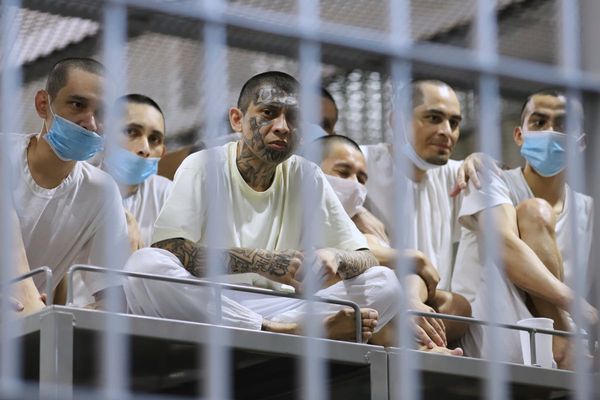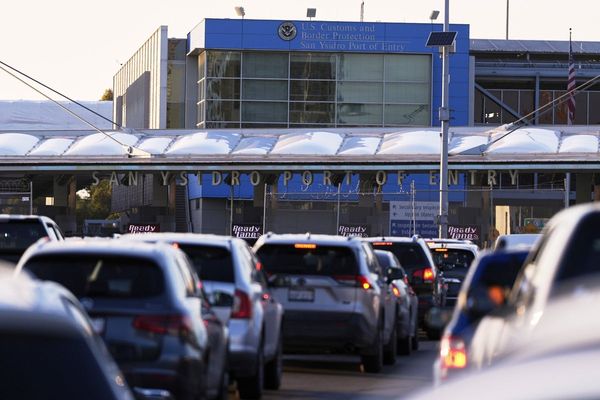
U.S. producer prices saw a moderate increase in December, with the producer price index for final demand rising by 0.2% following a 0.4% advance in November, as reported by the Labor Department's Bureau of Labor Statistics. Economists had predicted a slightly higher climb of 0.3%. Over the 12 months leading up to December, the PPI accelerated by 3.3%, up from a 3.0% increase in November. This surge in the year-on-year rate was attributed to lower prices from the previous year, particularly in energy products.
Following a significant rise in nonfarm payrolls and a decrease in the unemployment rate in December, economists anticipate that the Federal Reserve will maintain interest rates at their current levels until at least June. Some financial institutions, such as Bank of America Securities and Goldman Sachs, have adjusted their forecasts accordingly, with the latter now expecting two rate cuts in June and December, down from their previous estimate of three.



The Federal Reserve initiated its easing cycle in September, reducing the benchmark overnight interest rate by a total of 100 basis points to the current range of 4.50%-4.75%. The most recent rate cut occurred in December, during which policymakers also revised their projections to include two rate cuts for the year, down from the initial forecast of four.
Between 2022 and 2023, the policy rate had been increased by 5.25 percentage points to combat inflation. Concerns are mounting over potential inflationary pressures due to proposed tariff hikes on imports and mass deportations of undocumented immigrants by President-elect Donald Trump. These fears were reflected in a notable increase in consumers' inflation expectations in January.







